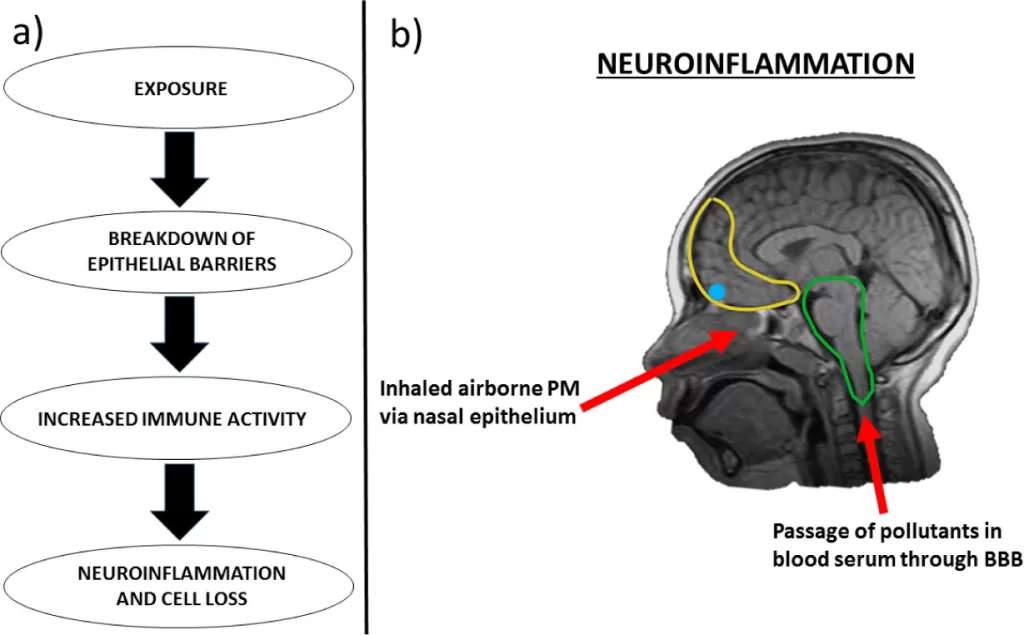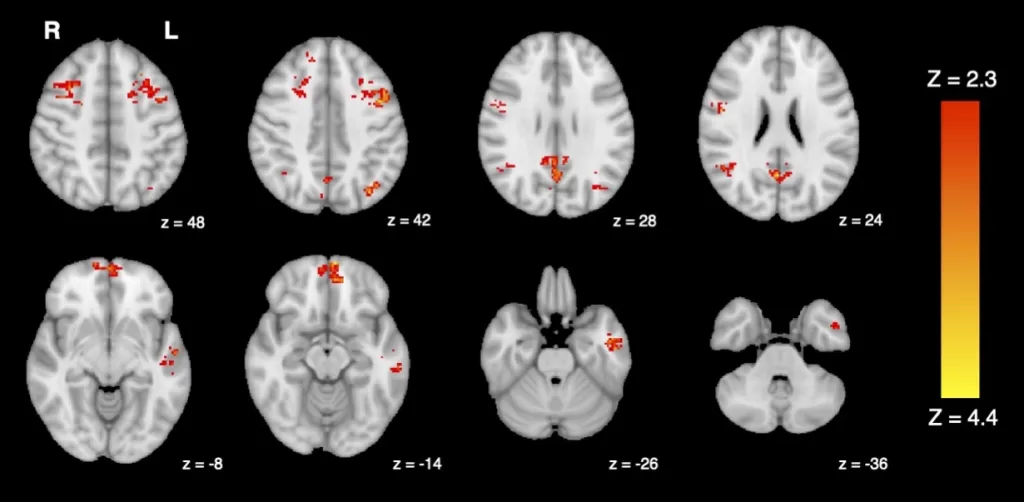Medical updates: According to a recent study conducted by experts at the University of British Columbia and the University of Victoria, common levels of traffic pollution can damage human brain function in a matter of hours.
The findings, published in the journal Environmental Health, demonstrate that just two hours of diesel exhaust exposure produces a decline in the brain’s functional connectivity – a measure of how well the brain works. The study provides the first controlled experimental evidence in people with altered brain network connectivity caused by air pollution.
“For many decades, scientists believed that the brain was immune to the harmful effects of air pollution,” said senior research author Dr. Chris Carlsten, professor and head of respiratory medicine at UBC and Canada Research Chair in occupational and environmental lung disease.
“This study, which is the first of its kind in the world, provides fresh evidence supporting a connection between air pollution and cognition.”
–Dr. Chris Carlsten
The researchers conducted the study by briefly exposing 25 healthy persons to diesel exhaust and filtered air at different times in a laboratory setting. Using functional magnetic resonance imaging, brain activity was monitored before and after each exposure (fMRI).
The researchers analyzed alterations in the brain’s default mode network (DMN), which is a network of interconnected brain areas that is critical for memory and internal thought. The fMRI indicated that subjects exhibited lower functional connectivity in several areas of the DMN after being exposed to diesel exhaust compared to filtered air. Also read:https://medicalupdates.in/japan-approves-cathworks-device-for-coronary-artery-disease-patients/

“We know that altered functional connectivity in the DMN has been associated with reduced cognitive performance and symptoms of depression, so it’s concerning to see traffic pollution interrupting these same networks,” said Dr. Jodie Gawryluk, a psychology professor at the University of Victoria and the study’s first author. “While more research is needed to fully understand the functional impacts of these changes, it’s possible that they may impair people’s thinking or ability to work.”
Taking steps to protect yourself
Notably, the changes in the brain were only transitory, and following the exposure, participants’ connection was restored to normal. Dr. Carlsten hypothesized that where exposure is constant, the effects might be long-term. He advised people to be aware of the air they breathe and to take precautions to limit their exposure to potentially dangerous air pollutants such as automobile exhaust.
Also read this: https://medicalupdates.in/top-medical-news-chennai/
“People may want to think twice the next time they’re stuck in traffic with the windows rolled down,” said Dr. Carlsten. “It’s important to ensure that your car’s air filter is in good working order, and if you’re walking or biking down a busy street, consider diverting to a less busy route.”

While the current study primarily looked at the cognitive effects of traffic-related pollution, Dr. Carlsten believes that other combustion products are also an issue. Also read: https://medicalupdates.in/world-first-human-received-synthetic-blood-lab-grown-blood/
“Air pollution is now acknowledged as the most serious environmental danger to human health, and we are progressively witnessing the consequences across all major organ systems,” Dr. Carlsten adds. “Exposure to other air contaminants, such as forest fire smoke, is likely to have comparable effects on the brain. With the rising prevalence of neurocognitive disorders, public health authorities and politicians must take this into account.”
The research was carried out at UBC’s Air Pollution Exposure Laboratory, which is located at Vancouver General Hospital and is equipped with a state-of-the-art exposure booth exposure booth that can mimic what it’s like to breathe a variety of air pollutants. The researchers employed freshly-generated exhaust that was diluted and aged to simulate real-world circumstances in this study, which was carefully prepared and approved for safety.

